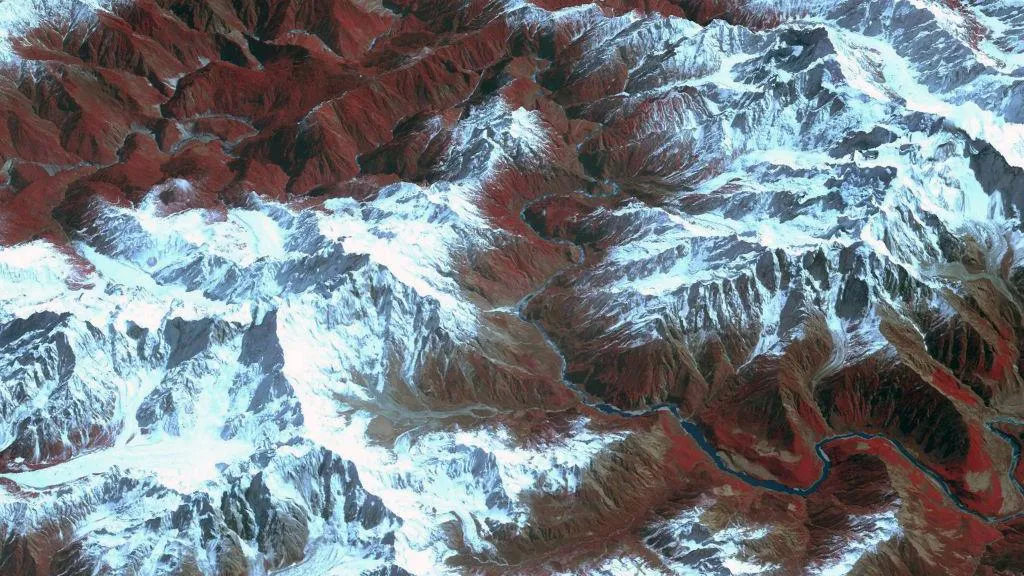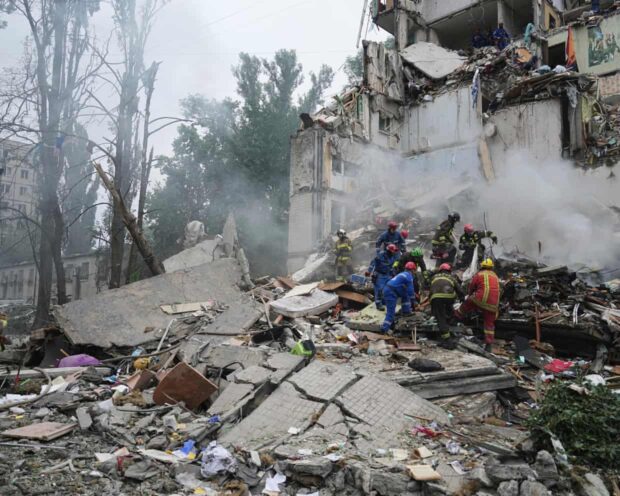
Chinese authorities have commenced construction of what will become the world’s largest hydropower dam in Tibetan territory, generating concerns from India and Bangladesh about downstream impacts.
Chinese Premier Li Qiang oversaw a ceremony marking construction’s beginning on the Yarlung Tsangpo river Saturday, according to local media reports.
The river traverses the Tibetan plateau, and the project has drawn criticism regarding potential effects on millions of Indians and Bangladeshis living downstream, plus environmental and local Tibetan impacts.
Beijing states the scheme, estimated at 1.2 trillion yuan ($167bn), will prioritize ecological protection while boosting local prosperity.
Upon completion, the Motuo Hydropower Station will surpass the Three Gorges dam as the world’s largest and could generate three times more energy.
Experts and officials have raised concerns that the dam would enable China to control or redirect the trans-border Yarlung Tsangpo, which flows south into India’s Arunachal Pradesh and Assam states, plus Bangladesh, where it joins the Siang, Brahmaputra and Jamuna rivers.
A 2020 Lowy Institute report noted that “control over these rivers effectively gives China a chokehold on India’s economy.”
Arunachal Pradesh chief minister Pema Khandu told news agency PTI this month that the Siang and Brahmaputra could “dry up considerably” once completed. He described the dam as creating “an existential threat to our tribes and livelihoods,” warning China could use it as a “water bomb.”
“Suppose the dam is built and they suddenly release water, our entire Siang belt would be destroyed,” he said, noting the Adi tribe and similar groups would face devastating effects to property, land and human life.
In January, India’s external affairs ministry said they had expressed concerns to China about mega-dam impacts, urging Beijing to ensure downstream states’ interests weren’t harmed while emphasizing transparency and consultation needs.
India plans building a hydropower dam on the Siang river as a buffer against sudden Chinese water releases and flooding prevention.
China’s foreign ministry previously responded that China has a “legitimate right” to dam the river and has considered downstream impacts.
Bangladesh also expressed concerns, with officials sending Beijing a February letter requesting more dam information.
Chinese authorities have long recognized the hydropower potential at the Tibet Autonomous Region location. The site sits in a massive canyon considered the world’s deepest and longest on land, where the Yarlung Tsangpo makes a sharp U-turn around Namcha Barwa mountain.
During this turn, termed “the Great Bend,” the river drops hundreds of meters in elevation.
Earlier reports indicated authorities planned drilling multiple 20km-long tunnels through Namcha Barwa mountain to divert part of the river.
Weekend Xinhua reports on Li Qiang’s visit said engineers would conduct “straightening” work and “divert water through tunnels” to build five cascading power stations.
Xinhua reported the dam’s electricity would mainly be transmitted outside the region while accommodating Tibet’s needs.
China has been targeting steep valleys and rivers in the rural west, where Tibetan territories are located, to build mega-dams sustaining eastern metropolises’ electricity demands. President Xi Jinping has personally promoted this through “xidiandongsong” policy, meaning “sending western electricity eastwards.”
The Chinese government and state media present these dams as solutions cutting pollution, generating clean energy, and uplifting rural Tibetans.
However, activists describe the dams as Beijing’s latest exploitation of Tibetans and their land, with past protests being suppressed.
Last year, the Chinese government detained hundreds of Tibetans protesting another hydropower dam, resulting in arrests and beatings with serious injuries, according to BBC sources and verified footage.
Environmental concerns exist regarding flooding of biodiverse Tibetan valleys and potential dangers of building dams in an earthquake-prone region.











Be the first to leave a comment